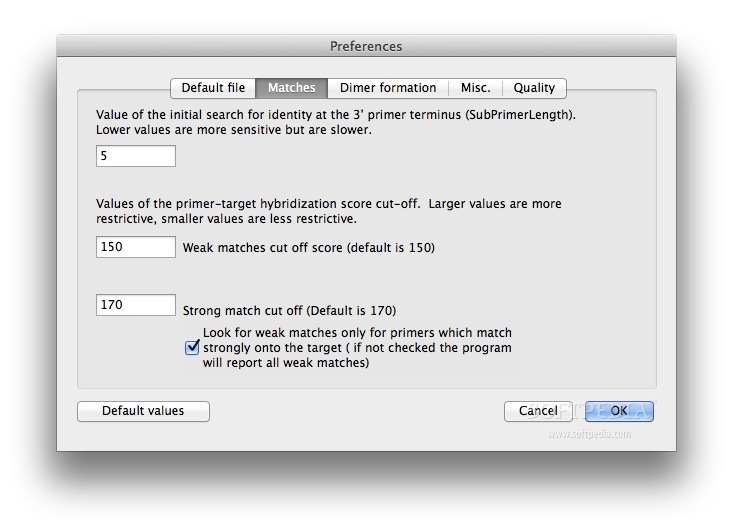

In addition, samples were collected for RNA isolation at each time point. salmonis LF-89 T (ATCC VR-1361) type strain was routinely grown under standard conditions on AUSTRAL-SRS broth for 5 days at 18☌ with 50 rpm agitation (Yáñez et al. salmonis LF-89 T, evaluate any transcript expression levels of T4P, and analyze the main putative proteins ofT4P using bioinformatics and proteomic approaches. Therefore, the aims of this study were to identify T4P components in the P. 2017), there are no published studies concerning the presence and biological function of P. 2017), as well as of some proteins involved in T4P biosynthesis (Oliver et al. Despite the identification of these genes in the P. Other proteins involved in this mechanism are PilM, PilN, PilO and PilP, which stabilize the structure (Melville and Craig 2013 Tammam et al. PilC, a membrane protein anchorage located between both ATPases in the inner membrane, facilitates the extension and retraction of T4P (Chang et al.


Finally, pili fibers are secreted across the outer membrane by the secretin PilQ.Īdditionally, the ATPases PilB and PilT support the assembly/disassembly and extension/retraction of T4P, respectively (Salomonsson, Forslund and Forsberg 2011). Then, a multimeric structure is produced on the periplasm through the assembly of PilA monomers. PilA, is processed by the peptidase PilD before being translocated across the inner membrane. For T4P biogenesis, the structural protein of the major pilus, i.e. 2008) and Vibrio anguillarum (Frans et al. The type IV pilus (T4P) is a filamentous structure existent on the surface of various pathogenic bacteria, such as Pseudomonas aeruginosa (Alm and Mattick 1997), Legionella pneumophila (Stone and Abu Kwaik 1998), and the fish pathogens Aeromonas salmonicida subsp. Most bacterial pathogens use different mechanisms for adhering to host cells, a critical step in successful infection (Doig et al. However, the molecular mechanisms of the high virulence of P. 2016) that transport several virulence proteins and toxins (Oliver et al. salmonis can produce cytotoxic membrane vesicles (Oliver et al. 2017), which secretes effector proteins to the extracellular environment and inside of the host cell during in vivo infection (Mancilla et al. P iscirickettsia salmonis possess the type IV secretion system (Gómez et al. Currently, piscirickettsiosis is the primary cause for bacteria-related fish mortalities, translating into significant economic losses in the Chilean salmon industry (Sernapesca 2017). Antibiotics treatment, mainly florfenicol, can lead to drug resistance in this pathogen (Sandoval et al. Piscirickettsia salmonis, the etiological agent of piscirickettsiosis, is a facultative intracellular Gram-negative bacterium that was initially isolated from a diseased Coho salmon ( Oncorhynchus kisutch) in southern Chile in 1989 (Bravo and Campos 1989 Branson and Nieto Diaz-Munoz 1991). Piscirickettsia salmonis, SRS, piscirickettsiosis, type IV pilus, pili INTRODUCTION These results strongly suggest the presence of a T4P-like structure in P. salmonis LF-89 T proteome, and TEM showed pili-like filamentous structures on the P. The PilA amino acid sequence analysis showed a conserved N-terminal domain and sequence motifs critical for T4P biosynthesis. At 16 hpi, pilB and pilD were strongly upregulated. Expression of the pilA gene was upregulated at 4 h post-infection (hpi), while pilQ was upregulated 4 days post-infection. salmonis type strain LF-89 T, evaluate respective transcript expressions, and analyze the main putative T4P proteins using bioinformatics and proteomic approaches. The aims of this investigation were to identify T4P components in the P. However, no studies have determined if P. T4P contains a variable number of components, as predicted in P. The type IV pili (T4P) play an important role in adherence to host cell surfaces and bacterial pathogenicity. Piscirickettsia salmonis is an intracellular γ-proteobacteria and the etiological agent of piscirickettsiosis, which causes massive economic losses in the Chilean salmon industry.


 0 kommentar(er)
0 kommentar(er)
